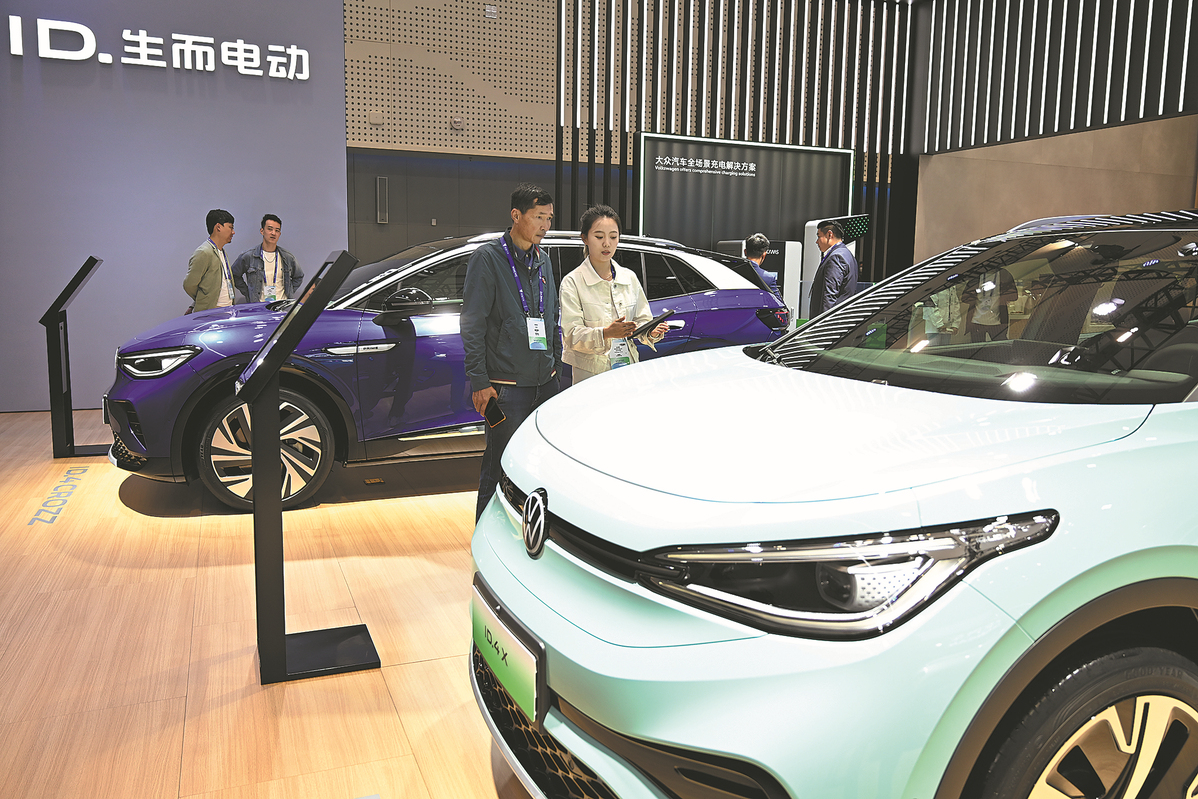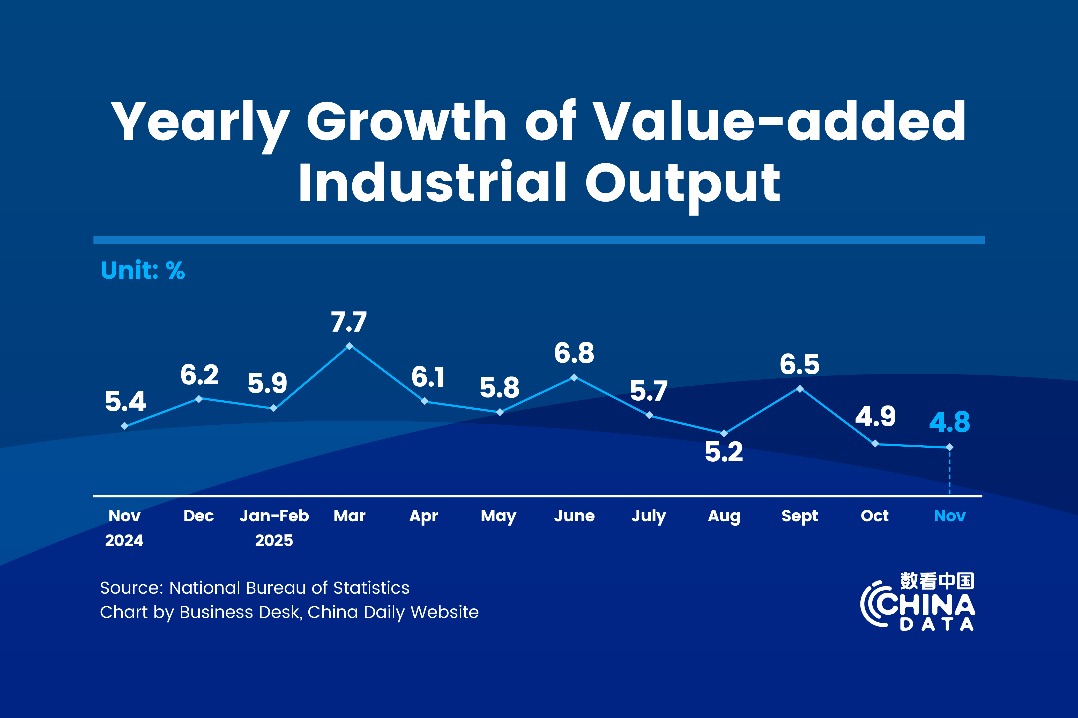Hainan takes lead in green auto sector


With an extensive network of electric vehicle charging facilities and deployment of new battery technology, Hainan, a tropical island province in South China, could take the lead and provide a blueprint for the nation to go all-electric, according to a recent report.
In Hainan, a robust infrastructure of over 116,800 charging points ensures that urban EV owners are conveniently located within a kilometer or two of charging facilities.
This comprehensive network is a strategic initiative by the provincial government, aiming to phase out the sale of traditional fossil fuel cars by 2030 and achieve a notable 45 percent share of electric and hybrid vehicles among the island's automotive fleet.
Figures released by BloombergNEF show Hainan has taken the lead nationally in China's EV sales, with over 50 percent of new car sales being electric as of September.
The Guangxi Zhuang autonomous region trailed just behind at 46 percent, surpassing its target of achieving a 30 percent representation of EVs in new sales by 2025.
Guangxi, home to many EV makers, offered a maximum subsidy of 5,000 yuan ($695) for new EV purchases last year. Additionally, the region continues to offer a 50 percent discount on designated EV parking rates at a majority of public parking facilities.
Smaller regions and provinces can help spearhead a faster transition to EVs through comprehensive policy support, targeted promotional programs and investments in local EV supply chains, said BloombergNEF.
While megacities still have the highest EV penetration levels across the country, mid-sized cities, which traditionally made minimal contributions to China's EV sales, have overtaken them as the main drivers of growth, it said.
Despite the lack of indigenous EV and battery manufacturers in these areas, the increasing policy support and automakers' interest could pave the way for enhanced availability of EV models, subsequently stimulating demand, it added.
Mi Siyi, an analyst at BloombergNEF, said Hainan stands as the first and only region in China with such an ambitious target. The success of this initiative could potentially serve as a model for the entire country to transition to an all-electric automotive landscape in the future.
"Several factors have contributed to this. Vehicle ownership rates in mid-sized cities such as Haikou and Xiamen are much higher than in Beijing or Shanghai. This suggests most households there already own an internal combustion engine car and could be likely to upgrade to newer, premium models," she said.
"EVs, with low maintenance and intelligent features, are gaining popularity as a supplemental car. Sales of plug-in hybrid vehicles are rising quickly in mid-sized cities due to relatively low upfront prices and short refueling times," Mi added.
The island itself also possesses specific benefits for promoting EVs. Its moderate climate contributes to the extended life of batteries, a notable advantage compared to colder regions like Beijing, where winter temperatures frequently fall below freezing.
According to BloombergNEF, the Xizang autonomous region, Gansu province and the Xinjiang Uygur autonomous region saw EV shares in total auto sales jump to between 10 percent and 16 percent in the first three quarters of 2023 — up from just 1 percent in 2020.
Improving charging infrastructure and sales networks, combined with fleet-based electrification targets, help spur local EV sales. Still, extremely cold winters and hot summers could increase consumers' range anxiety, while high plateau and mountain landscapes also hinder the build-out of charging infrastructure, it said.
The National Energy Administration said Guangxi, together with the provinces of Guangdong, Hainan, Jiangsu and Hubei, had achieved comprehensive coverage of all towns by the end of last year, as the government has been promoting the layout of charging facilities across the country.
The government will further strengthen overall planning and continuously improve the charging network nationwide to better meet the needs of the public for purchasing and using new energy vehicles, said Zhang Xing, spokesperson of the administration.



































